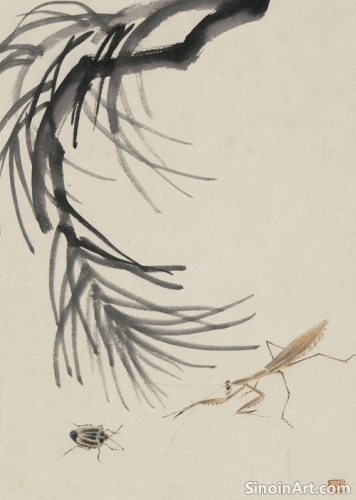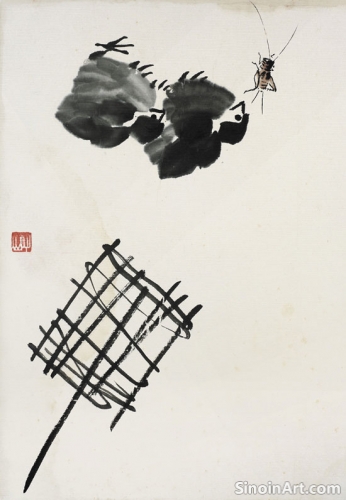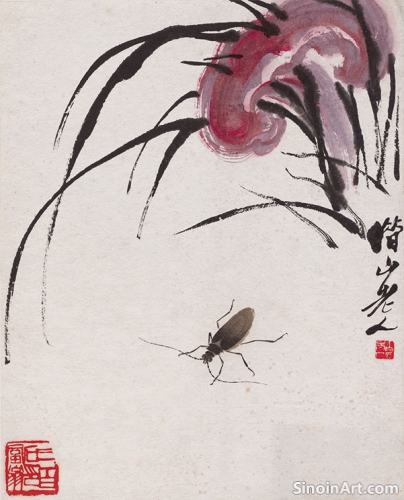Xieyi Painting and the Expression of Emotion
|
Xieyi painting is a powerful medium for expressing a wide range of emotions. The artist's personal feelings, thoughts, and experiences are directly translated into the brushstrokes, creating an intimate and expressive work of art. This capacity for communicating deep feeling is one of the most compelling qualities of Xieyi.  The use of different brushstrokes, ink washes, and tonal variations can evoke different emotions in the viewer. Swift, bold strokes might convey excitement or dynamism, while soft washes and subtle tones might suggest tranquility or melancholy. The language of ink and brushwork is extraordinarily expressive. The techniques used become a vehicle for transmitting feelings.  The subject matter also plays a role in expressing emotion. A solitary tree bending in the wind might convey a sense of resilience and quiet strength, while a group of lively birds might evoke a sense of joy and vitality. Even seemingly simple images can carry profound emotional weight. The subjects are often metaphors for the emotional states of the artist.  The artist's state of mind during the act of painting greatly influences the final artwork. If the artist is feeling calm and centered, the painting might reflect that sense of inner peace. If the artist is experiencing turmoil, the painting might convey that sense of unrest. The process of painting reflects the current emotional landscape of the artist. Xieyi’s ability to express emotion transcends cultural barriers, connecting with viewers on a deeply human level. The universality of emotions makes these paintings accessible and emotionally resonant, even for those unfamiliar with the specific cultural traditions of China. This emotional capacity grants them universal appeal. |
Tag : Expressive art, emotional painting, Xieyi feelings, emotive art, Chinese art emotion
Related information
- Xieyi Painting and the Concept of "Ziran"
- Modern Interpretations and Contemporary Xieyi
- The Legacy and Future of Xieyi Painting
- Contemporary Xieyi Artists to Explore
- Xieyi Painting and the Expression of Loneliness
"Ziran" (naturalness) is a cornerstone of Xieyi painting, emphasizing effortless ease, rejection of artificiality, and a profound connection with the natural world, requiring an understanding of materials and authenticity in personal expression, allowing the art process to unfold organically.
Modern Xieyi painting is adapting to contemporary contexts through incorporating new techniques, subject matter, and philosophical ideas, while remaining grounded in the core principles of spontaneity, expression, and the pursuit of qi, and pushing its boundaries into the modern art world.
Xieyi painting, with its rich history and unique aesthetic, continues to hold significance and inspire artists, influencing contemporary art globally, ensuring the continuation of its traditions, and its continued evolution and relevance as it continues to express cultural values and universal truths, making it an enduring art form.
Exploring the work of contemporary Xieyi artists reveals the ongoing evolution of this tradition, with artists incorporating abstraction, exploring social and political issues, experimenting with new techniques, and maintaining a connection to its core principles, thereby expanding the boundaries of the art form and ensuring its continued relevance in the modern world.
Xieyi painting powerfully expresses loneliness through suggestive compositions, vast negative space, solitary subjects, muted colors, and a sense of introspection, exploring solitude and the human condition, evoking melancholy and longing, and providing a space for contemplation and self-reflection.